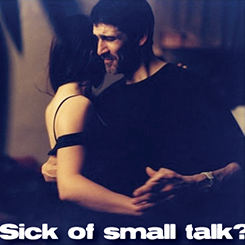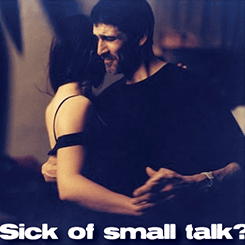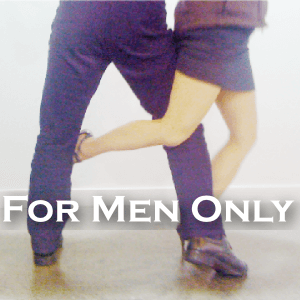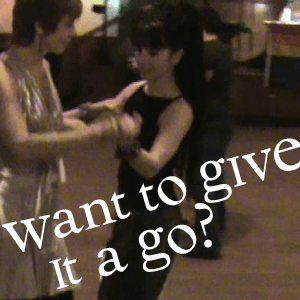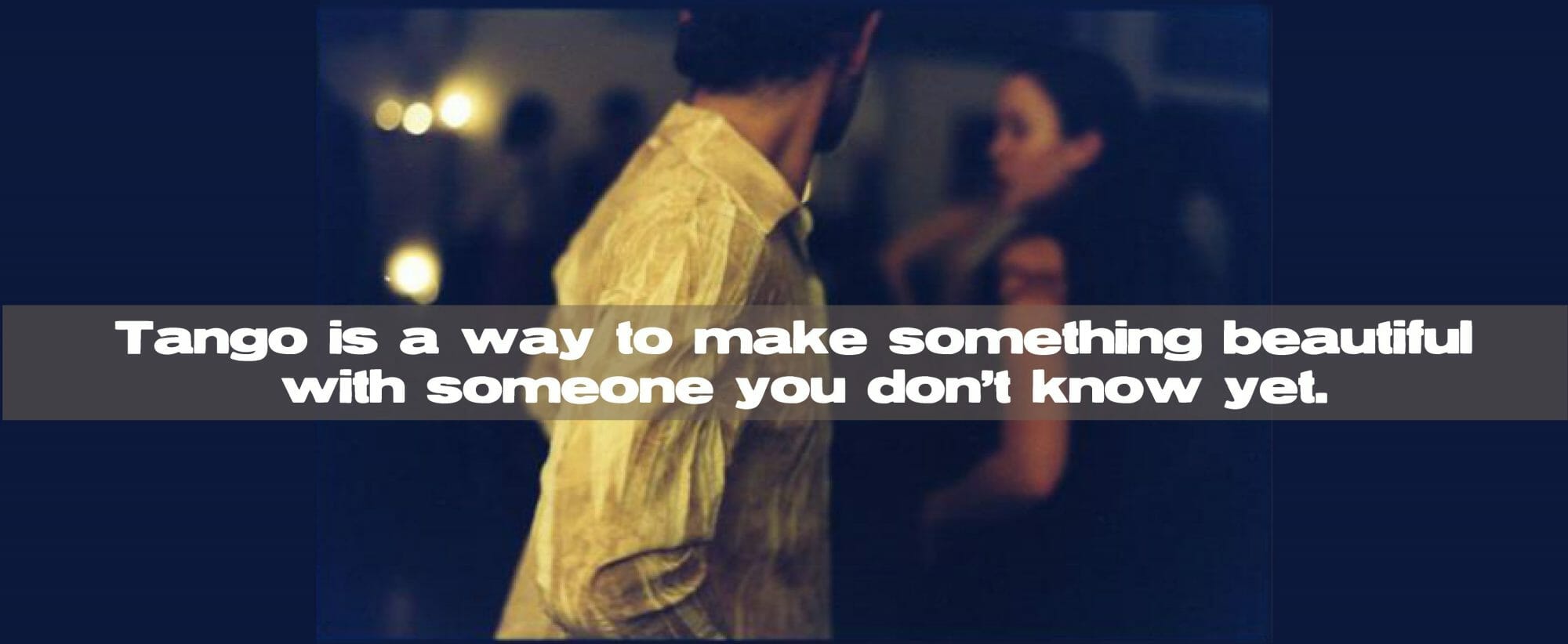Close embrace tango involves touching another person with half or more of your body. This is very intimate. It is also -perhaps surprisingly- very safe. In 6 years of dancing all over the world nearly every night, I’ve only inexperienced an inappropriate gesture with one dancer.
The codigos of tango are a set of “codes” that make some structure around this intimacy. The codes vary a little bit from milonga to milonga, city to city. We have not found a comprehensive list of the codigos in English. Although the codes are highly gendered, much of their intent is also relevant when we mix up the gender roles. Eventually a new set of codes will develop that incorporate the complexities and ambiguities that changing gender roles introduces.
Here’s our complete guide to Etiquette Guide to the Codigos and Beyond.
But the heart is another matter. Here’s an essay I wrote as a beginner about the emotional experience of tango.
In short, some guidelines:
- Any feelings you have during the dance are expressed outwardly only through the quality of your dance. You do not express your enjoyment of the dance by sliding your hand to your partner’s ass, neck, breast, etc. This is a violation of the trust they gave you when they dance with you. It also could make a problem for them with their partner if they have one, and that is very disrespectful. It is common in tango to make contact with your head or cheek, but make sure if you do this that it is consensual. If you feel the other person pull away, respect their wishes not to connect in this way. It is not necessary for the dance. Also understand that many dancers are very accustomed to this contact. If you dance with someone who persists in doing it, do not be offended. It is not an inappropriate gesture.
- Whatever you feel during a dance, know that when the cortina (curtain) falls on the current tanda (set of 4 songs), the curtain falls on whatever is going on with you and your partner. Say “thank you”, and walk away. As you walk away, the feelings end. You are not welcome to “hang out” with the person just because you had a good dance.
- We do not give last names and we do not ask personal questions in tango. It is a space of anonymity. People in relationships may use tango to manage their excess desire or their frustrations. People not in a relationship may prefer dancing as a form of contact, and not want any more. This space and experience is precious and sacred. Take care of it! This also means that tango is an escape from class status issues. Everyone interacts as equals.
- In order to feel safe with the intimacy of tango, it needs to be a social space in which people feel protected from being “hit on”. For this reason, it is not appropriate to ask someone for their phone number, or ask them on a date. Of course this does occur, but it needs to be very discreet. Perhaps get to know them for a while first, before asking. (At the same time we need to build community, so we can go out dancing together as a queer group. Make it clear what you are up to!)
- If you are asking someone to dance who has a partner, introduce yourself to the partner first and ask, either verbally or with a gesture, for their permission to ask their partner to dance. This does not mean you are treating someone as if they are the property of another person. It means that you are making a contract with the partner that you will respect their relationship during the dance.

